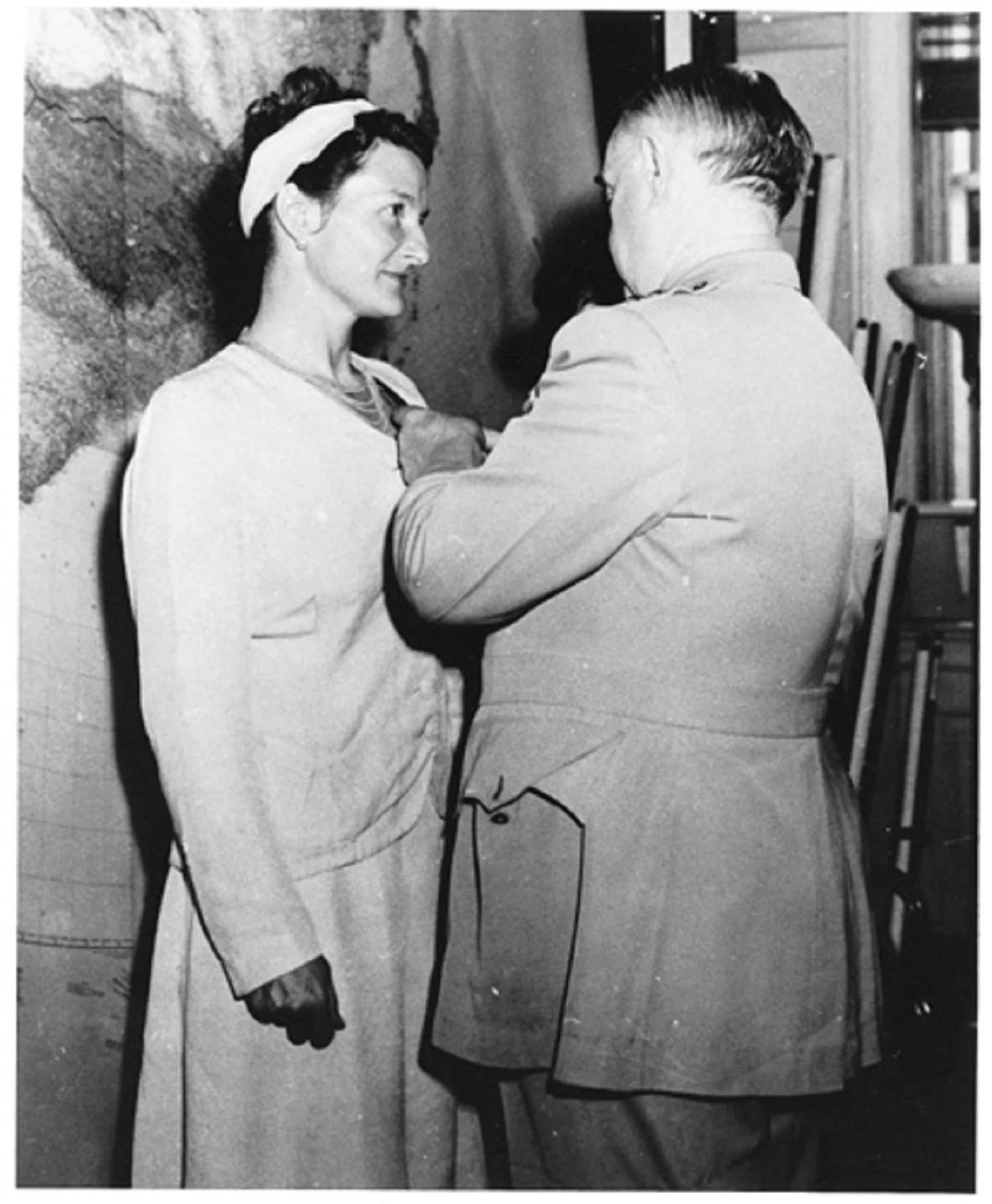An amazingly descriptive piece which will benefit from the creation of a story to accompany it.
Ecossaise in G No. 23 from 50 Pieces for Beginners, Op. 38 Grade 2 ABRSM 2021 – 2022
ABRSM Aural 'D' test questions Grades 1, 2 and 3
By Allan-Hermann Pool - Own work, CC BY-SA 4.0, https://commons.wikimedia.org/w/index.php?curid=38142650
ABRSM Aural D question
Grade 1 Piano exam book 2019 – 2020
A1 Theme Thomas Attwood
Grade 1 (up to bar 16)
Was the music loud or quiet at the start?
In the middle of the piece, did the music change from loud to quiet suddenly or gradually?
Was the L.H. played smoothly or with detached notes?
Grade 2
Was the music loud or quiet at the start?
Which was the quietest part – the beginning, middle or the end?
Did the change to quiet playing happen suddenly or gradually?
Was the L.H. played with smooth or detached notes?
Was there any change in the speed of the music, or did it stay the same?
Grade 3
Of the three sections, which one was the quietest?
Did the change from loud to quiet playing occur suddenly or gradually?
Was the L.H. played with smooth or detached notes?
Was there any change in the speed of the music, and if it did change, where did it change?
Was the music in a major or minor key?
From personal clipart collection.
A2 Minuet in C William Duncombe
Grade 1
Where was the loudest part of the music? Where was the quietest part of the music?
Did the change from loud to quiet playing happen suddenly or gradually?
In the quiet sections, was the L.H. played smoothly or detached?
Grade 2
Where was the quietest part of the music?
Was the music played loudly or quietly at the end?
Was there any change in the speed of the music, or did it always stay the same?
Grade 3
Where was the loudest part of the music?
Was the music played loudly or quietly at the end?
Was there any change in the speed of the music, or did it always remain the same?
Was the music in a major or minor key?
B1 Wiegenlied Johannes Brahms
Grade 1 (up to bar 8)
Did the music begin loudly or quietly?
Did the music become louder anywhere? Did this happen gradually or suddenly?
Were the notes played smoothly or detached?
Grade 2
Where was the quietest part of the music?
There were times when the music became louder. Were the changes gradual or sudden?
Was the playing mainly smooth or detached?
Were there any changes in the speed of the music, or did it stay the same throughout?
Grade 3
Where was the quietest part of the music?
There were times when the music became louder. Were the changes gradual or sudden?
Was the playing mainly smooth or detached?
Were there any changes in the speed of the music, or did it stay the same throughout?
Was the music in a major or minor key?
Examples of compound time signatures ABRSM Aural 'A' test
By Evan-Amos - Own work, CC BY-SA 3.0, https://commons.wikimedia.org/w/index.php?curid=18956740
Here are some ideas for examples that can be used for the ABRSM’s ‘A’ test in Grades 1, 2 and 3.
Aural Grades 1 -3 Compound time examples
Compound duple time signature.
Walking in Spring Wilm Grade 4 1997
Donkey Ride Swinstead Grade 4 1998
Little Flower Op 205 No. 1 Gurlitt Grade 3 1999 – 2000
Larghetto C3 Stravinsky Grade 3 1999 - 2000
Reaper’s Song Op. 68 No. 18 Schumann Grade 4 1999 – 2000
Proud Horseman B1 Fuchs Grade 3 2001 – 2002
Study in B flat B2 Heller Grade 4 2001 - 2002
Study in A minor B3 Mayer Grade 3 2003 – 2004
Allegro A2 Kuhlau 2003 - 2004
Equivoque No. 8 Weber Grade 3 2005 – 2006
La Tarantelle Burgmuller Grade 5 2005 – 2006
Romance B3 Reinecke Grade 5 2007 - 2008
Allegretto A3 Turk Grade 3 2007 – 2008
Les Pifferari Gounod Grade 3 2009 – 2010 (My Keyboard Anthology Second series Book 2)
Wild Rider B3 Schumann Grade 3 2011 – 2012
Vivace A3 Wesley Grade 3 2013 – 2014
Wiosna B1 Chopin Grade 3 2013 – 2014
Cotton Reel Nikki Illes C2 Grade 3 2015 – 2016
Am Abend B3 Hoffman Grade 5 2015 – 2016
Giga A2 de Seixas Grade 3 2019 – 2020
Shadows B1 Walter Carroll Grade 3 2019 – 2020
Andante B2 Haydn Grade 3 2021 – 2022
Riding the Hobby Horse C2 Grechaninov Grade 3 2021 – 2022
Idylle B2 Chaminade Grade 4 2023 – 2024
From personal clipart collection.
Compound triple time signature.
See-saw Alternative Goddard Grade 3 1998
Dream B1 Bloch Grade 5 2007 – 2008
Fanfare C3 Dejan Despic Grade 5 2007 - 2008
Spanish Guitar Grade 3 2023 - 2024
Melody in C No. 21 from A. B. C. du Piano Le Couppey Grade 1 ABRSM 1999 – 2000
Waltz from Sleeping Beauty Tchaikovsky Grade 2 2023 - 2024
By KCBalletMedia - KCB_Sleeping_Beauty_PRESS--28, CC BY 2.0, https://commons.wikimedia.org/w/index.php?curid=57598298
Waltz from The Sleeping Beauty Tchaikovsky Grade 2 ABRSM 2023 – 2024
Character/story of the piece – clearly some discussion with the player about the ballet and its story will be beneficial for the player’s understanding of the piece. The player should know what is happening in the ballet whilst this music is being played. Also, the player could create some words to accompany the music that could be sung, enabling the dynamics and phrasing to portray the dance. The footnotes to the piece state that ‘the melody moves from the left hand to the right, suggesting the sound of cellos followed by violins’.
Main part of the music – this should occur at bar 29 where the editor has inserted a forte dynamic. However, the player should be careful that the dynamics at this point are not harsh and strident as this would not be appropriate for the character and style of the music. The end of the third phrase ends dramatically with the phrase being extended by one beat. At this point the dynamics should be mezzoforte which will provide a contrast with the dynamics at the end of the piece. The dynamics should remain reasonably loud to the end of the piece.
Form – this piece has two sections, with the first section ending at bar 16 with the L.H. playing the melodic line. The second section is equal in length but this time with the R.H. playing the melody. For the most part the piece is in G major, however a frequent accidental is G sharp providing the music with a minor sound for brief periods. There is a definite modulation to A minor at bar 23 before the music moving back to G major in the final phrase with the use of a dominant pedal point.
Phrasing – there are four phrases in this piece, all eight bars long. The length of the phrases could be since this piece has been arranged from a ballet. As discussed, the length of the third phrase is shortened by two beats and by doing so, adds drama and tension to the music which is, to a certain extent, resolved by the end of the piece. As a result of the third phrase being shortened by two beats, the fourth phrase commences with an upbeat starting on beat two. This upbeat contributes to a sense of urgency and energy in the music that is maintained to the end of the piece.
Tempo, time signature and rhythmic patterns – obviously the tempo of this piece must be carefully chosen as the dance character must be portrayed. Even though the melodic line for the most part must have a cantabile touch, there must always be a sense of momentum and energy throughout, that an appropriate tempo will contribute to. Clearly a waltz will be in triple time however the last phrase has an interesting sense of duple time with its alternating L.H. chord patterns. This is another aspect that contributes to the heightened sense of energy and excitement at the end. There are no rhythmic patterns that should cause concern for the player however some players may find the co-ordination of the hands in the last phrase a little difficult to achieve at first. Consistent counting in this area will be helpful for the player.
Touch/articulation – as discussed already, the L.H. melodic line in the first section must be played with a cantabile touch using weight from the shoulder with a flexible wrist and fluid elbow. At the start of the second section the R.H. should be played with a cantabile touch, however as the third phrase progresses, a slightly intense touch could be introduced. An intense touch should be employed in the R.H. in the final phrase. The accompaniment requires changes in touch too. In bars 1 – 15 the R.H. chords must be played with a gentle staccato touch using energy from the fingertips and a relaxed wrist. In bar 16 the L.H. allows the listener to realise that the R.H will be playing the melody from the following bar. However, the accompaniment takes on a more melodic role in the third phrase; the notes on the first beat of the bar should be played with a tenuto touch whilst the repeated notes on beats two and three require the staccato touch as described above. In bars 22 – 24 the L.H. becomes an important part of the melody; here the L.H. should return to a cantabile touch. Finally, the L.H. in the last phrase should be played tenuto allowing the chords to have resonance and length. There should be a break in the melodic line between bars 8 and 9 as well as at the end of the first section. This is important to show the phrasing and the form of the piece. A break at the end of the third phrase before commencing the final phrase is important as well as the lift in the R.H. at the end of bar 24.
Balance between the hands – for most of the first section the balance should be to the L.H. considering it has the melodic line. As discussed before, the R.H. in bar 16 should be played at the same level as the L.H. considering it is highlighting the fact that the R.H. will be playing the melody in the subsequent bar. From bar 23 the hands have an equally important role to play. So even though the R.H. should have the balance, this does not mean that the L.H. is in a passive role.
By KCBalletMedia - KCB_Sleeping_Beauty_PRESS--5, CC BY 2.0, https://commons.wikimedia.org/w/index.php?curid=57598276
Dynamics – a large range of dynamics should be employed when playing this piece, from pianissimo to forte. Considering the phrases are long, the player should have a sense of each phrase’s dynamic point. The position of the loudest note in each phrase is crucial; the furthest this area is positioned in the phrase will impact the tension and drama created in the music. Obviously, tone-matching and control of the accompaniment is significant to the dynamics of the piece.
Rubato – the use of subtle rubato will help to create the tension and drama that the music requires although it should be used sparingly. The player must be careful to balance any slowing down within a phrase to an acceleration in another part. For example, a small amount of acceleration in bar 11 should be balanced by a slowing down nearer the end of the phrase. A slight slowing down in bars 22 – 24 should be balanced by an acceleration earlier in the phrase. It may be advisable to not add any rubato to the penultimate bar considering that the music slows down itself because of the way it is written.
Considerations when playing this piece –
· The changing notes of the L.H. chords in the final phrase could be highlighted.
· More fingering could be written in, as this may be helpful for the player.
· There is a possibility that not all the notes of the chords may be heard, particularly the R.H. chords in the first section.
· The player must ensure that the second R.H. chord is as detached as the first one; this is the same for the L.H. where it plays a similar pattern.
· The R.H. in bars 7 – 8 should be played within the remaining L.H. sound. To a certain extent this pattern is a ‘filler’ although it does help to move the R.H. into a slightly higher register.
· The highest note of a melodic pattern is not always necessarily the loudest.
· The player must hold their hands over the keys for the last two rests so that these beats are acknowledged.
· There are quite large ranges of dynamics within the phrases.
· In bar 24 the L.H. must be held for its correct length.
· The L.H. should take over the direction of the phrase in bar 23; the loudest notes of this phrase should be the final L.H. A.
· There are some big changes in character and style in the second section. The music becomes more confident as it progresses.
· In the final phrase the L.H., although a little quieter, dictates the dynamics.
· The second R.H. chord in the first section must be played with care, as this will determine the dynamics of the phrase.
· In bars 29 – 31 the R.H. has a descending pattern whereas the L.H. has an ascending pattern.























